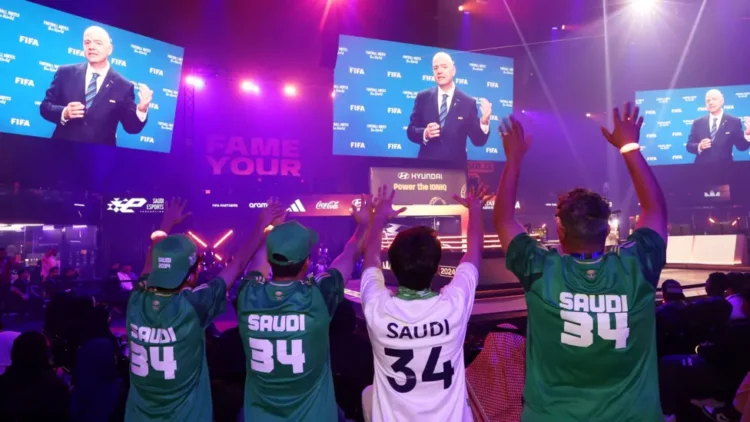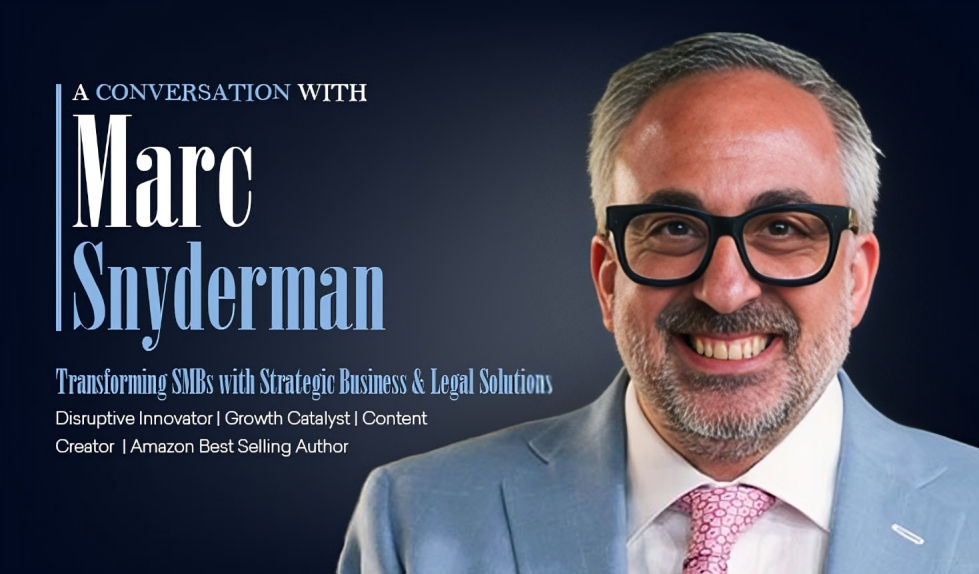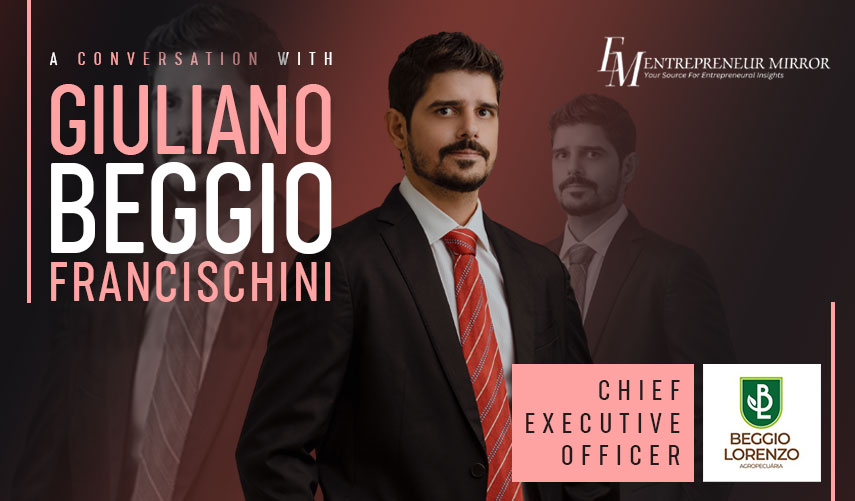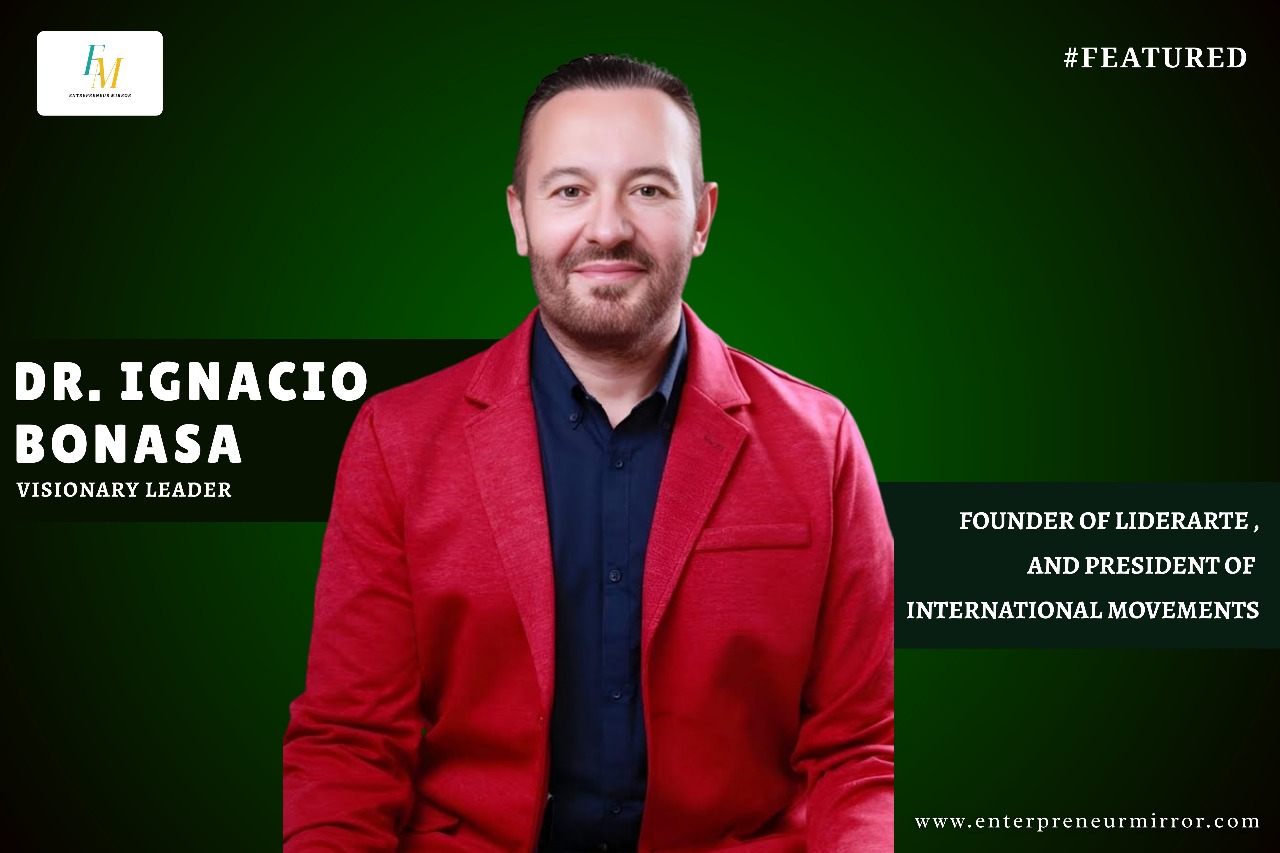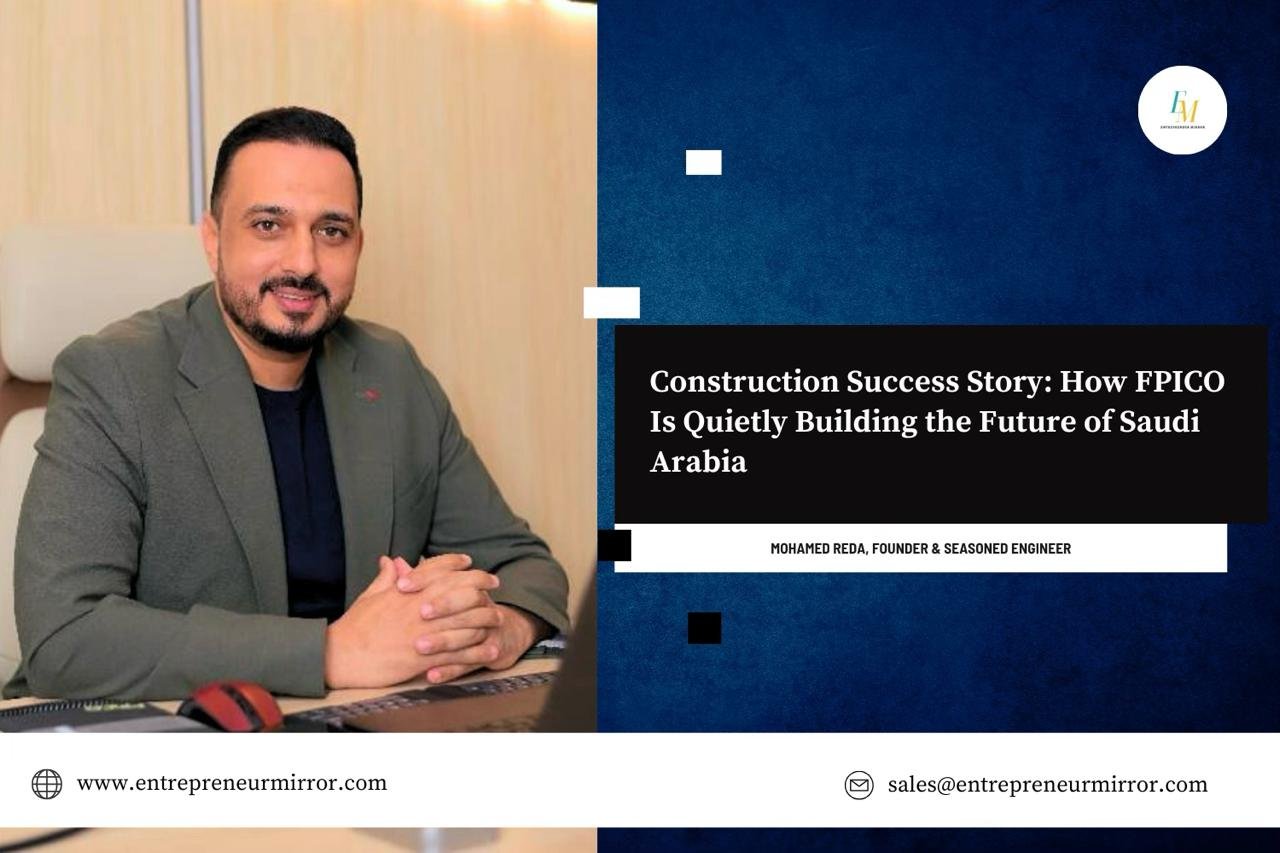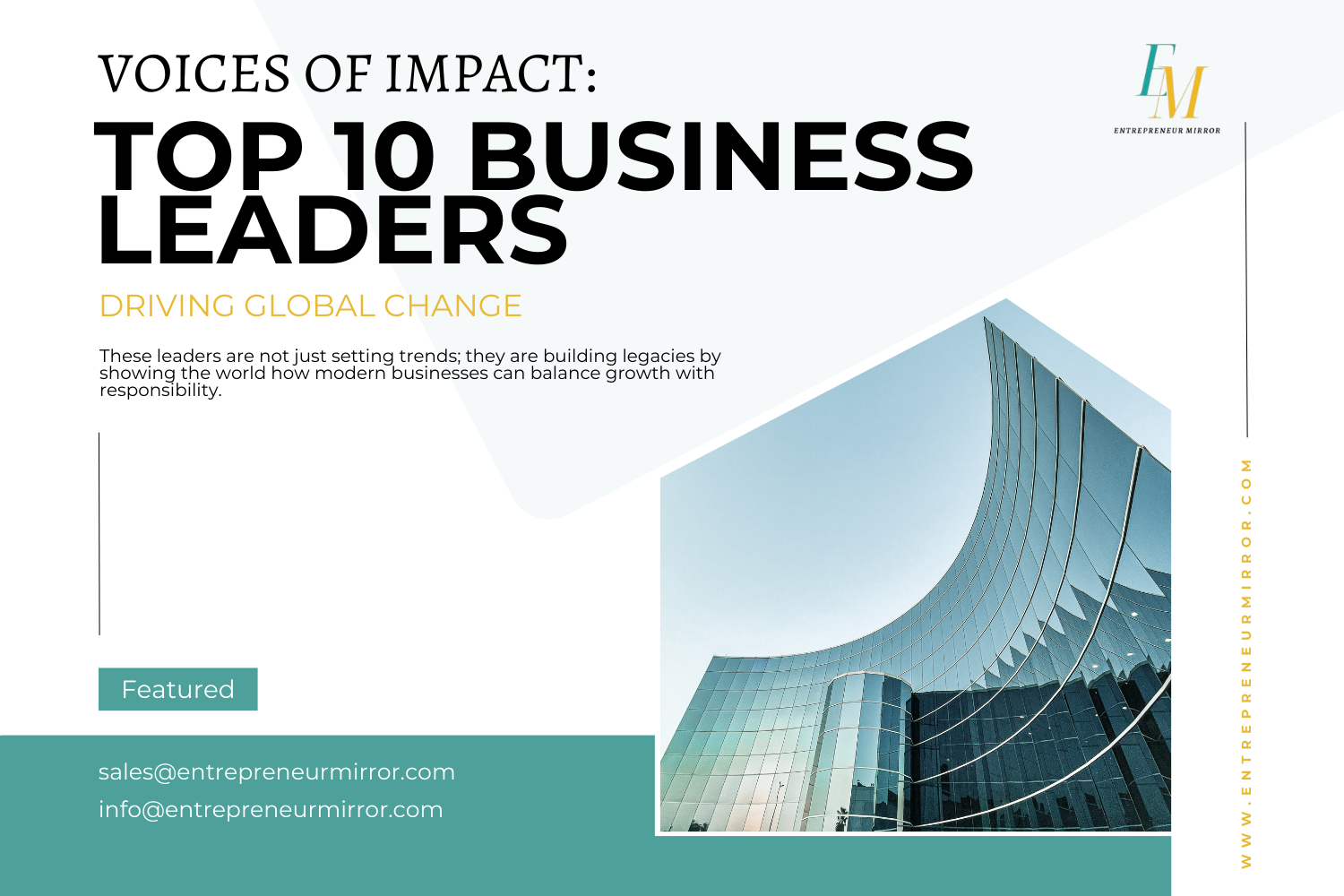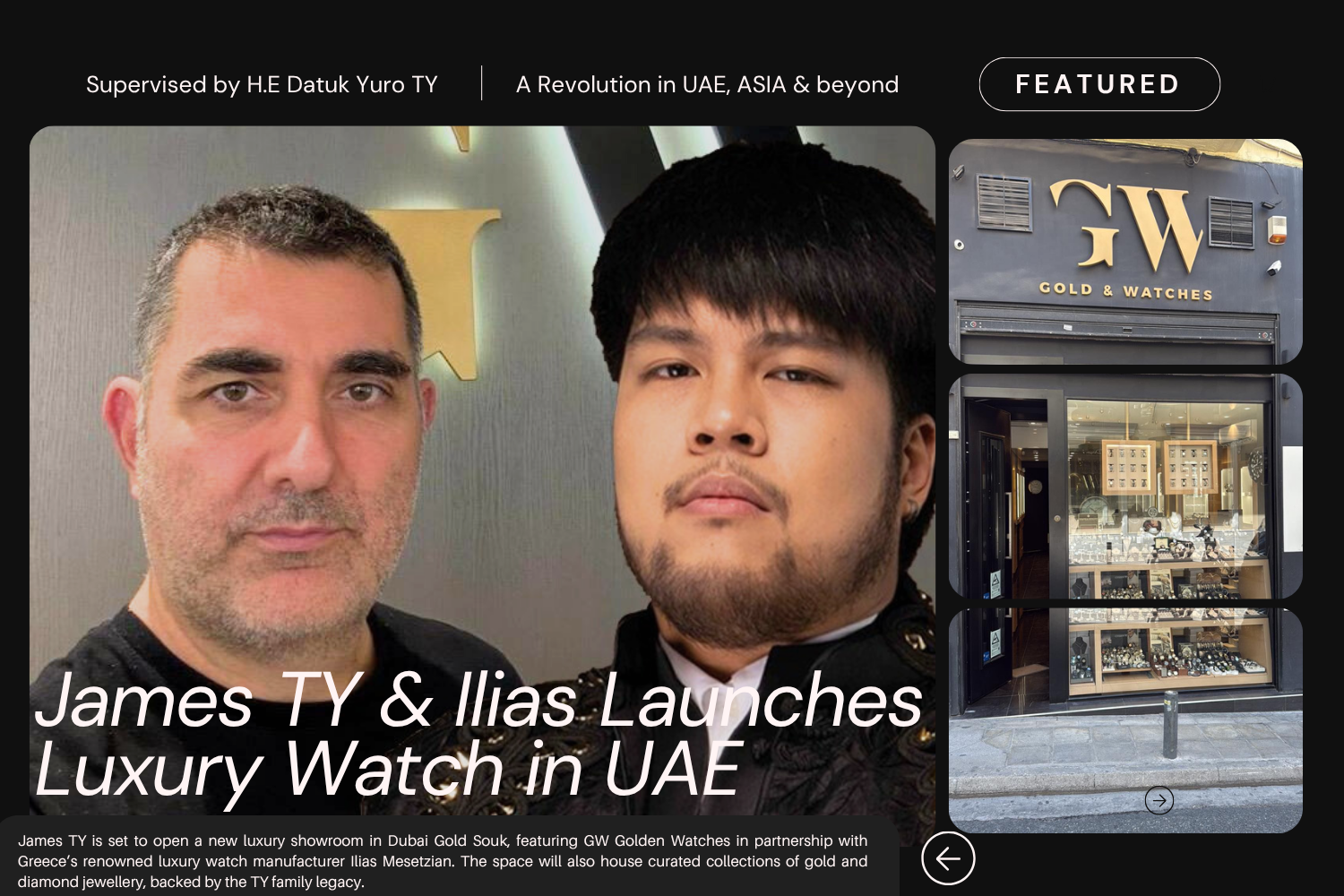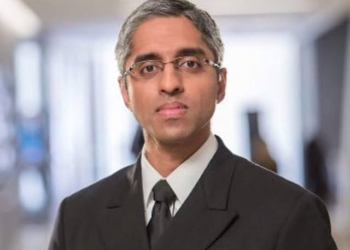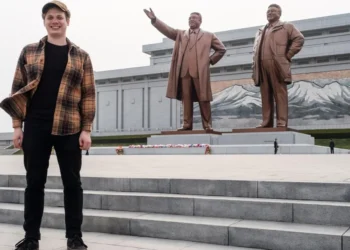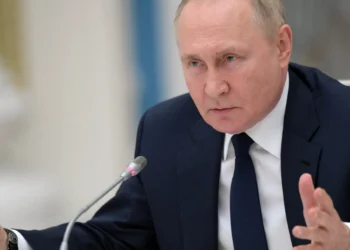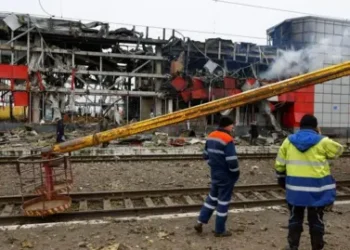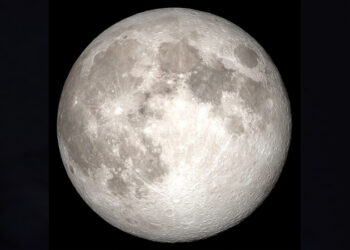The redesigned Club World Cup seems to be supported by Saudi Arabia’s financial resources. However, why has the nation contributed to funding an event that has failed to attract attention and has come under fire for potential negative effects on players, local leagues, and the environment? Miami’s Hard Rock Stadium on Wednesday would be a great place to start for anybody interested in learning about the dynamics at work throughout the upcoming month of competition in the US.
After all, Real Madrid will begin their Club World Cup campaign there, where Trent Alexander-Arnold, a recent addition, will make his debut. The incredible wealth on offer is demonstrated by the fact that the Spanish powerhouses were prepared to pay Liverpool an estimated £8 million to guarantee the defender’s early release so he could participate in the tournament.
Top European clubs may receive up to £97 million if they win, with a $1 billion (£750 million) prize purse. This raises fears that the money could skew the balance of competition and corrupt domestic leagues. Al-Hilal, Real’s Saudi rivals, bring to light yet another fascinating element of the competition. The Public Investment Fund (PIF) of the country owns the Riyadh club. However, the massive sovereign wealth fund is not the only entity involved in this rivalry.
Also Read:
Amid Regional Tensions, the Indian Embassy in Israel Issues a Safety Alert
Best Student Living Introduces a Budget-friendly Housing Platform

